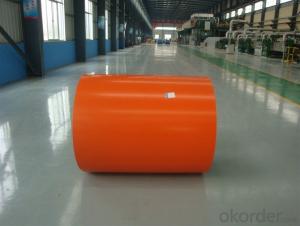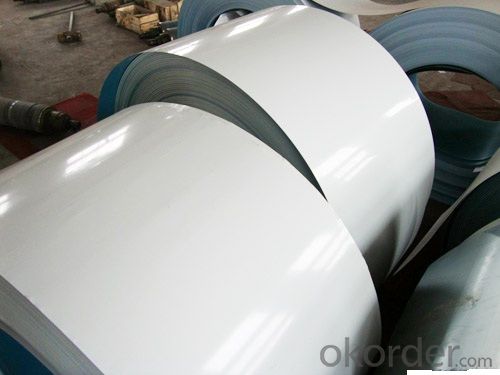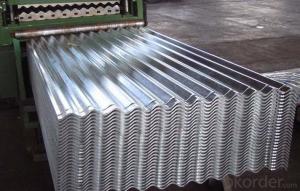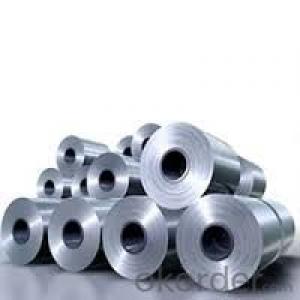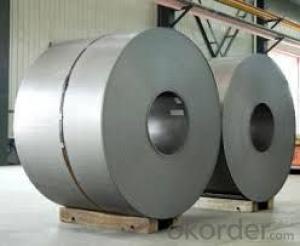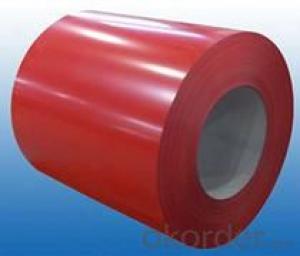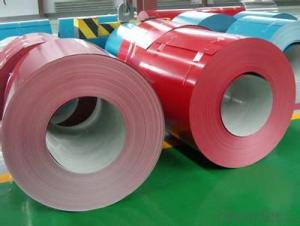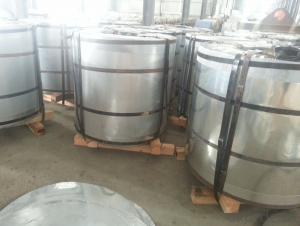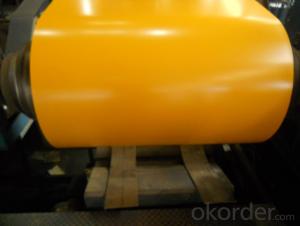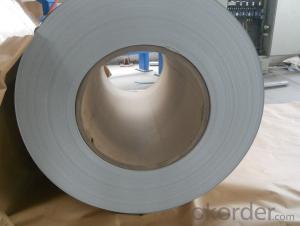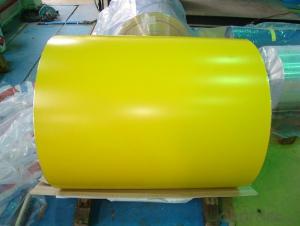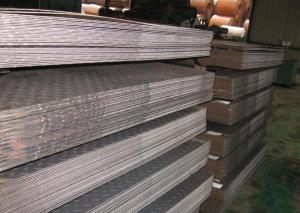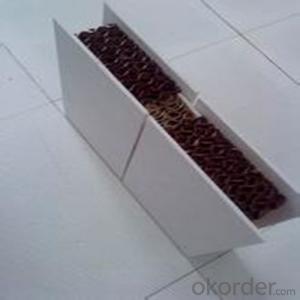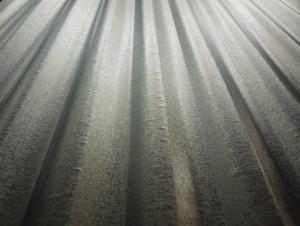LZPRE-PAINTED GALVANIZED STEEL COIL
OKorder Service Pledge
OKorder Financial Service
You Might Also Like
PRE-PAINTED GALVANIZED STEEL COIL 7210490000 PRE-PAINTED GALVANIZED STEEL SHEET
THICKNESS:0.18mm-1.5mm
WIDTH:900mm-1250mm
COATING MASS:Z30-Z275
PAINT:PE、HP、HDP、PVDF、SMP、MATT、PVDF
COLOR:RAL Scale
COIL INNER DIAMETER:508mm/610mm
COIL WEIGHT:3mt-7mt
BASE MATERIAL:Hot-dip GALVANIZED Steel
In continuous units in cold rolled steel strip, galvanized steel (electro galvanized and hot dip galvanized) as substrate, after surface pretreatment (degreasing and science processing), using the method of roll coating, coated with a layer or multi-layer liquid coating of plate, after baking and cooling income is the coating steel plate. Because the coating can have a variety of colors, on the habits of the coated steel sheet is called color coating steel plate. Because the coating is carried out before the sheet metal forming, in foreign countries which is called pre coating plate.
Color coated steel sheet is an organic coating coating on the steel surface, it has the advantages of beautiful appearance, bright color, high strength, good corrosion resistance, easy processing molding, but also allows the user to reduce costs, reduce pollution.
From the United States in 1935 to establish the first continuously coated steel line to begin, color coated steel plate has been widely applied, the current color coated plate varieties, about more than 600 kinds, the advantages of color coated sheet and organic polymer and steel plate of the two, which has good colorability, organic polymer molding, corrosion resistance and decorative, and steel plate with high strength and easy processing, can easily be punching cutting, bending, deep drawing processing. Made this makes organic coated steel sheet products have excellent practical, decorative, workability, durability.
- Q: Why can iron and steel stick with glue?
- Iron and steel steel is an alloy of iron with C (carbon), Si (silicon), Mn (manganese), P (phosphorus), S (sulfur), and a small amount of other elements. In addition to Fe (iron), the content of C plays a major role in the mechanical properties of steel, so it is collectively referred to as iron carbon alloy. It is the most important and the most important and the largest metal material used in engineering.
- Q: Are steel sheets suitable for electrical grounding applications?
- Indeed, electrical grounding applications can find steel sheets to be fitting. As a proficient conductor of electricity, steel can proficiently transmit electrical charges to the ground. Due to their endurance, robustness, and cost-efficiency, steel sheets are frequently employed in grounding applications. Their installation is simple, and they offer a trustworthy link to the earth, guaranteeing a secure pathway for electrical currents in the event of a fault or surge. Nevertheless, it is imperative to ensure the proper installation and upkeep of steel sheets, as any corrosion or harm can impede their conductivity and hinder their efficacy in grounding electrical systems.
- Q: Are steel sheets suitable for outdoor applications?
- Yes, steel sheets are suitable for outdoor applications. Steel is highly durable, weather-resistant, and has excellent strength-to-weight ratio, making it a reliable and long-lasting material for various outdoor uses such as roofing, fencing, and cladding. Additionally, steel sheets can be coated or galvanized to provide additional protection against corrosion, further enhancing their suitability for outdoor environments.
- Q: What's the density of the 0.5 color steel plate?
- The traditional coating is divided into several categories, the most high-grade is fluorocarbon coating, almost 20 years of anti-corrosion. Generally from the steel mill to reel in the form of distribution to all parts.
- Q: Are steel sheets suitable for oil and gas pipelines?
- Yes, steel sheets are suitable for oil and gas pipelines. Steel is a strong and durable material that can withstand high pressure and extreme temperatures, making it an ideal choice for pipelines that transport oil and gas over long distances. Additionally, steel sheets can be easily welded together to create a continuous pipeline, ensuring a reliable and leak-free transportation system.
- Q: Do steel sheets require any surface treatment before installation?
- Yes, steel sheets typically require surface treatment before installation. This is done to improve the durability and appearance of the steel, as well as to protect it from corrosion. The most common surface treatment methods for steel sheets include galvanization, painting, and powder coating. Galvanization involves applying a protective zinc coating to the steel, which helps to prevent rust and corrosion. Painting and powder coating, on the other hand, involve applying a protective layer of paint or powder to the steel surface. These surface treatments not only provide aesthetic appeal but also enhance the steel's resistance to environmental factors such as moisture, chemicals, and UV radiation. Therefore, it is recommended to apply suitable surface treatment to steel sheets before installation to ensure their longevity and performance.
- Q: What is the weight of a steel sheet?
- The weight of a steel sheet can vary depending on its dimensions and thickness.
- Q: Are steel sheets suitable for kitchen appliances?
- Yes, steel sheets are suitable for kitchen appliances. Steel is a durable and strong material that is resistant to corrosion and heat, making it ideal for kitchen appliances that are subjected to high temperatures and frequent use. Additionally, steel sheets are easy to clean and maintain, making them a practical choice for kitchen appliances.
- Q: Are steel sheets suitable for magnetic shielding applications?
- Indeed, magnetic shielding applications find steel sheets to be fitting. Being a magnetic material, steel possesses the capability to redirect magnetic fields effectively, thereby diminishing their intensity or averting their access to specific regions. Employing steel sheets as a barricade ensures the protection of delicate electronic equipment and devices against external magnetic interference. The thickness and composition of the steel sheet can be modified accordingly to attain the desired degree of magnetic shielding. Furthermore, steel sheets are frequently deemed economical and easily accessible, rendering them a pragmatic selection for magnetic shielding applications.
- Q: What is the difference between plain carbon steel sheet and stainless steel sheet?
- Plain carbon steel sheet and stainless steel sheet are both types of steel sheets, but they have several distinct differences. The main difference between plain carbon steel sheet and stainless steel sheet lies in their composition and properties. Plain carbon steel sheet is primarily made up of iron and carbon, with small amounts of other elements such as manganese and silicon. It is known for its strength and durability, making it suitable for a wide range of applications. However, plain carbon steel is prone to rust and corrosion when exposed to moisture or certain chemicals. On the other hand, stainless steel sheet is made up of iron, carbon, and a minimum of 10.5% chromium. This addition of chromium forms a protective layer on the surface of the steel, known as a passive film, which prevents corrosion and rusting. Stainless steel is highly resistant to stains, heat, and corrosion, making it ideal for applications where hygiene and durability are crucial, such as in the food and medical industries. Another significant difference between the two types of steel sheets is their appearance. Plain carbon steel sheet has a dull grey finish, while stainless steel sheet has a shiny, reflective surface. This aesthetic difference is often a consideration in industries where the visual appeal of the material is important, such as architectural or interior design applications. Furthermore, stainless steel sheet has a higher price point compared to plain carbon steel sheet. This is due to the additional alloying elements, such as chromium and nickel, which are added to enhance its corrosion resistance and other properties. The higher cost of stainless steel is often justified by its superior performance and longevity in corrosive environments. In summary, the key differences between plain carbon steel sheet and stainless steel sheet are their composition, properties, appearance, and price. Plain carbon steel is strong but prone to rust, while stainless steel is corrosion-resistant and has a shiny finish. The choice between the two depends on the specific requirements of the application, including the need for corrosion resistance, aesthetics, and budget.
Send your message to us
LZPRE-PAINTED GALVANIZED STEEL COIL
OKorder Service Pledge
OKorder Financial Service
Similar products
Hot products
Hot Searches
Related keywords
